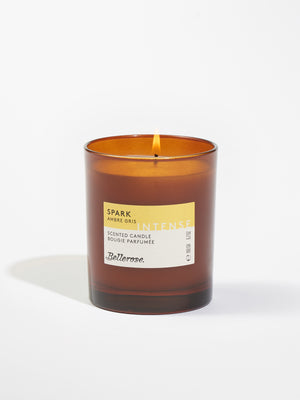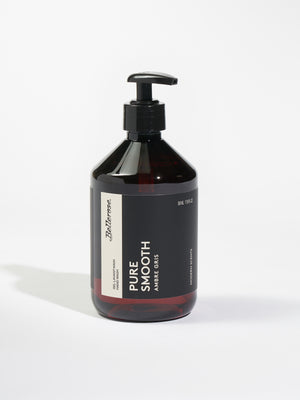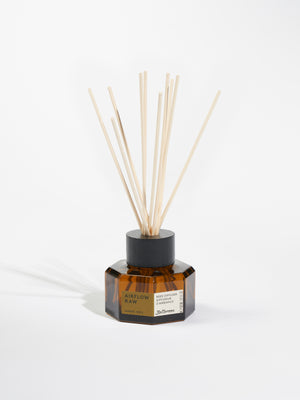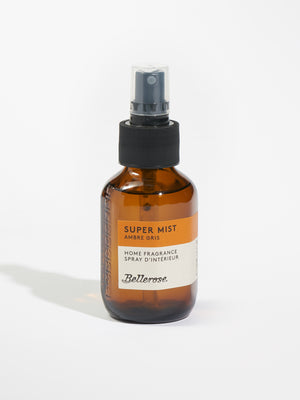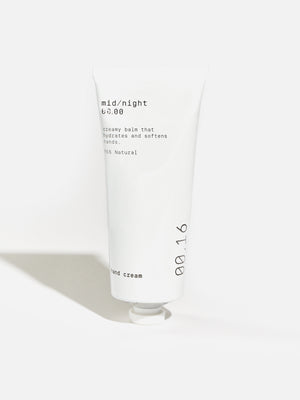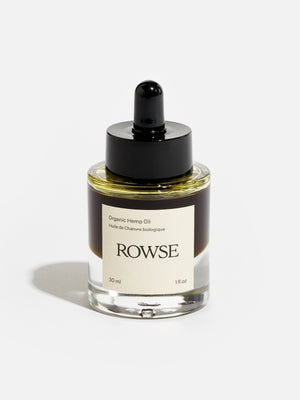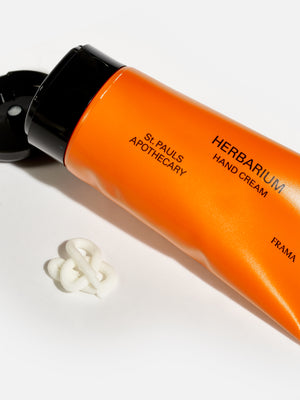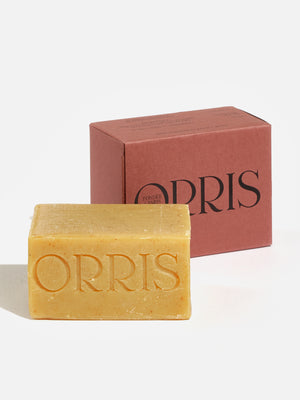What about the people that make our clothes?
Establishing lasting relationships with our suppliers worldwide is one of our main goals. A
relationship can only last if it’s built on mutual respect and trust, but of course, the bases must be covered in
contractually. A handshake won’t do. We visit all of our suppliers, engage with its owners and workers because we like
seeing things for ourselves. We work with a social compliance charter that is an integral part of each contract. Next to
that, it’s important to note that, because we export globally, we must apply strict regulations to make sure our clothes
are conformed with legislations worldwide, from Europe, Japan and Korea to the United States and Australia. Read on to
see what’s in this charter our compliance charter.
![The people behind the clothes]()
ILO & UN conventions.
The International Labor Organization (ILO) is a United Nations agency whose mandate is to
enhance social justice and safeguard decent work with international standards. This includes many things,
but some of its most important fundaments are:
- The right of workers to associate freely and bargain collectively
- The end of forced and compulsory labor
- The end of child labor
- The end of unfair discrimination among workers
- Protection of correct and just minimum wage laws
- Working hours that comply with applicable laws and standards
- Work environment safety procedures and standards for workers
To read more on the ILO conventions, go here.
REACH compliance.
REACH stands for Registration, Evaluation, Authorization & Restriction of Chemicals. It’s
European regulation that was established in 2006, addressing the production and use of chemical substances
and their impact on human health, and the environment. The main aims of REACH are to ensure a high level of
protection for human health and the environment, including the promotion of alternative test methods, as well
as the free circulation of substances on the internal market and the enhancement of competitiveness and
innovation.
To read more on REACH, go here.
Commitment to the use of AZO free dyes and pigments.
To protect workers and everyone that comes into contact with our garments, AZO
colorants (dyes and pigments) exceeding 20 micrograms of specific aromatic amines (specified in a list of
24 substances, including benzidine, biphenyl, chloramine etc.) per 1 gram cannot be used.
To read more on the AZO free certficate, go here.

